> Copper’s properties
> Recyclable, renewable
> Essential
> Ecological
> Copper in the kitchen
> Antibacterial
> Copper - the most popular monetary metal
> Timeless
> Irreplaceable
> Health
> Modern
Copper’s properties
Copper is a metal which is yielding, malleable, ductile, reddish, among all elements a pure copper is the best – next to silver – conductor of heat and electricity; at room temperature it is resistant to dry oxygen and hydrogen, nitrogen and carbon; in moist air it is covered with patina; when heated, it comes into reaction with oxygen, it is dissolute in oxidising acids - and in the presence of oxygen – with non-oxidising acids; oxidation levels: mainly II (stable compounds) and I, occasionally III and IV (instable compounds); water solutions of copper compounds are blue; soluble copper compounds are generally poisonous.
Objects made of copper and its alloys are weather- resistant, because they are thoroughly covered with a layer of basic carbonate (co-called patina), which protects its surface from further corrosion.
Chemical formula: Cu; Atomic number 29; Atomic weight: 63,546; Melting temperature 1083,45 ºC; Boiling point: 2582 ºC ; Density 8,92g/cm³ .
Place in periodic table of elements: transition metals, a group of copper (along with copper gold, silver and roentgen belong to this group).
Recyclable, renewable
It has been calculated that as much as 80% of copper which have been ever extracted is still in use or available to reprocessing. Due to this property, we can assume that copper extracted thousand years ago is still used in modern devices.
The possibility of obtaining copper from secondary raw materials, without losing its quality, is now one of the most important benefits of this red metal. It is assumed that 40% of the European demand for copper is met by metal obtained from secondary raw materials.
.jpg?crc=4094946041)
Copper scrap metal from Copper Metalwork in Legnica, archives of the Copper Museum in Legnica
.jpg?crc=4094946041)
Copper scrap metal from Copper Metalwork in Legnica, archives of the Copper Museum in Legnica
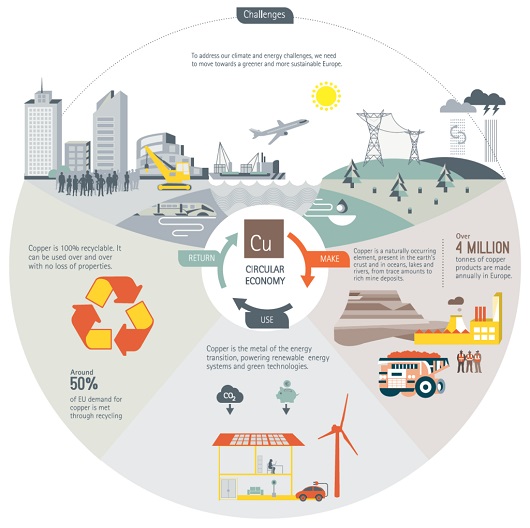
Copper circular economy, according to ECI
Essential
A medium-sized car contains up to 22.5 kg of copper. Without copper we would not have electric and electronic equipment, intelligent engines, gearbox support, extensive sensor systems and systems providing both information and entertainment. Being constantly extended, highly efficient electronic systems in modern vehicles require more and more electricity and as a result more copper.
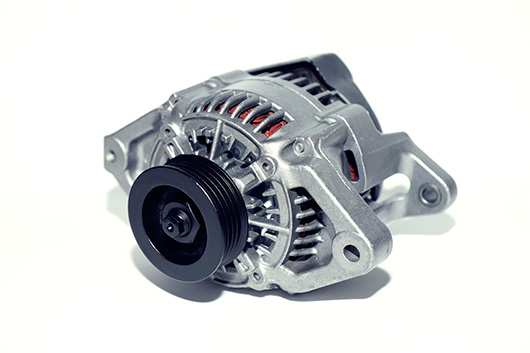
An alternator - a source of electricity in car’s motors
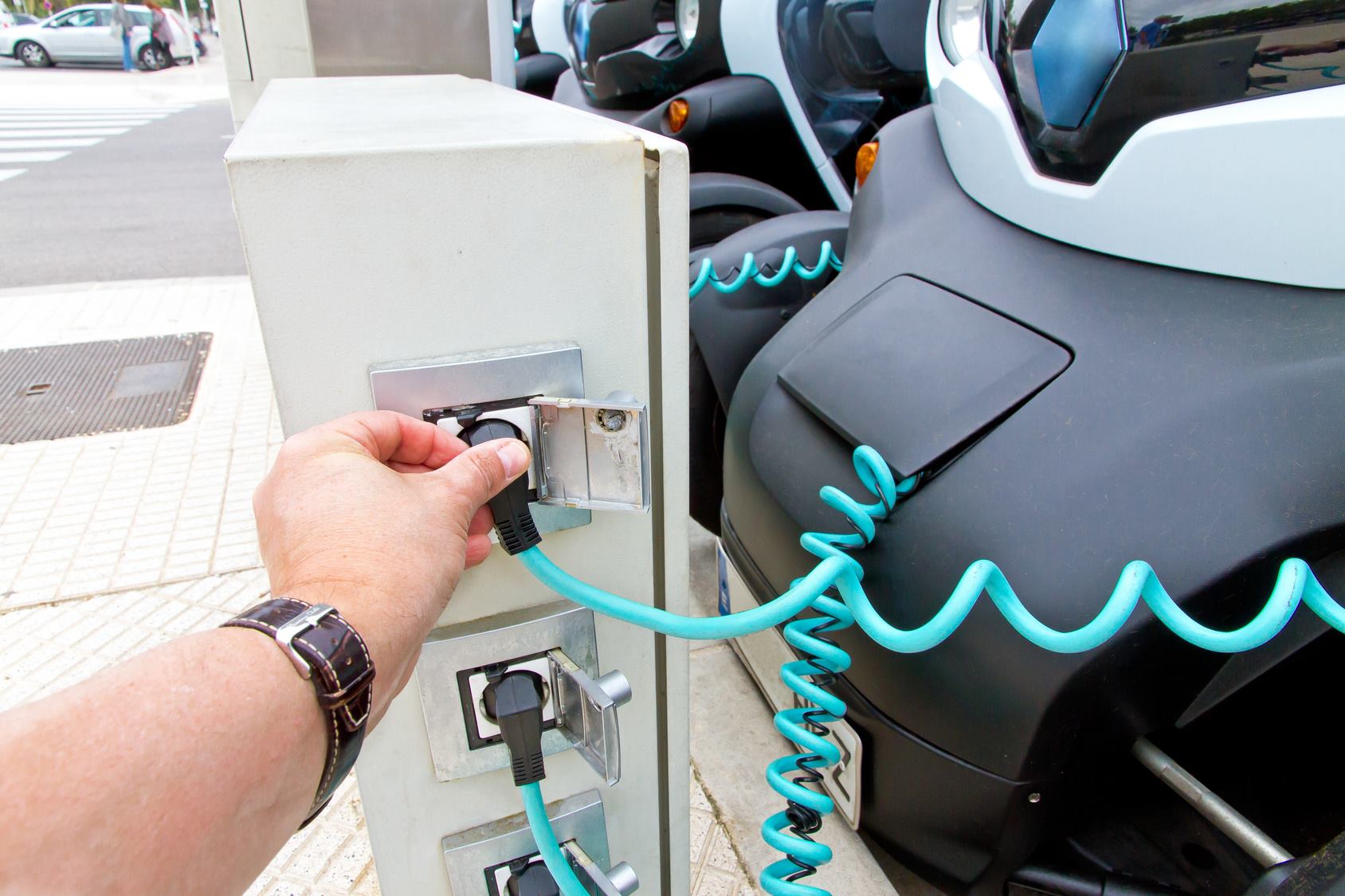
Electric cars : ECI
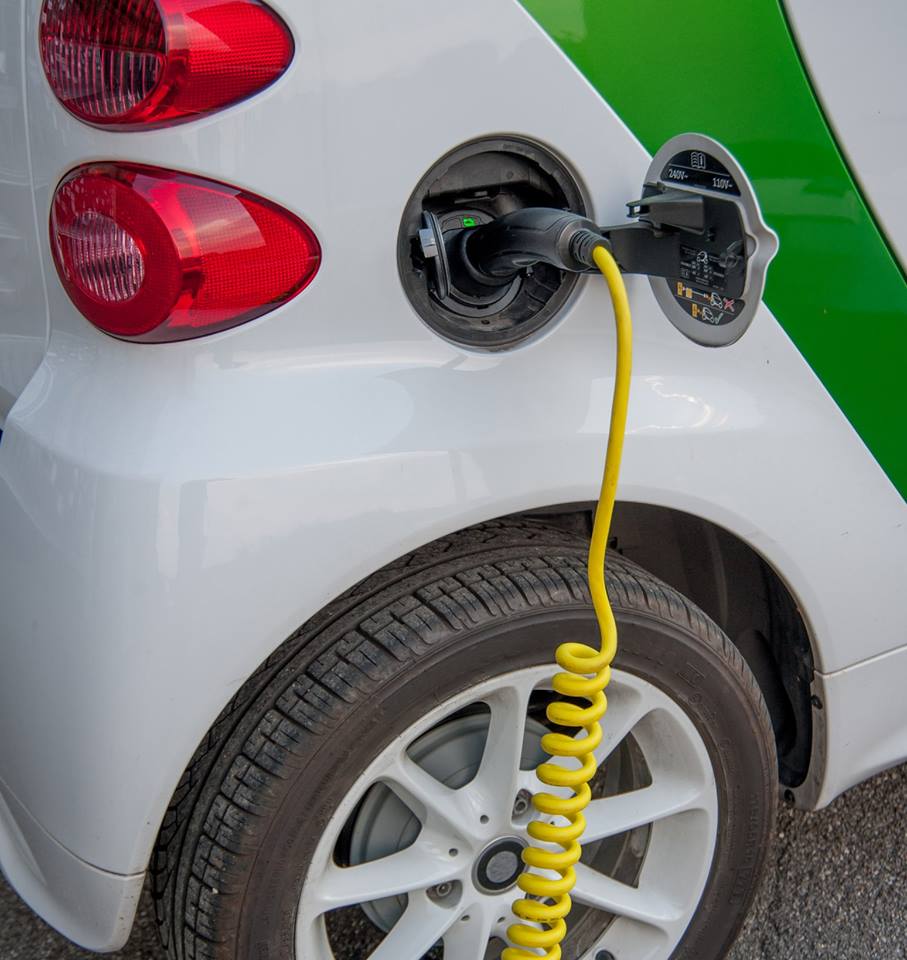
Electric cars : ECI
Ecological
The largest offshore wind turbines on the North and Baltic seas contain up to 30 tons of copper in one device. Copper is used mainly in ring turbine generators. Producing one ton of copper emits less than one ton of carbon dioxide. Through the use of copper in wind turbines and the production of green energy, it is possible to limit significantly the emission of CO2 to the atmosphere.
Copper in the kitchen
Starting from our grandmothers’ frying pans and ending with pots of the best chefs, awarded with Michelin stars, copper dishes are unrivalled !!!. Why? Because copper is the best raw material for producing kitchen utensils. It conducts excellent heat, giving us an evenly distributed and constant temperature and limits the thermal inertia of dishes. The antibacterial properties of copper make dishes prepared in such dishes much healthier.
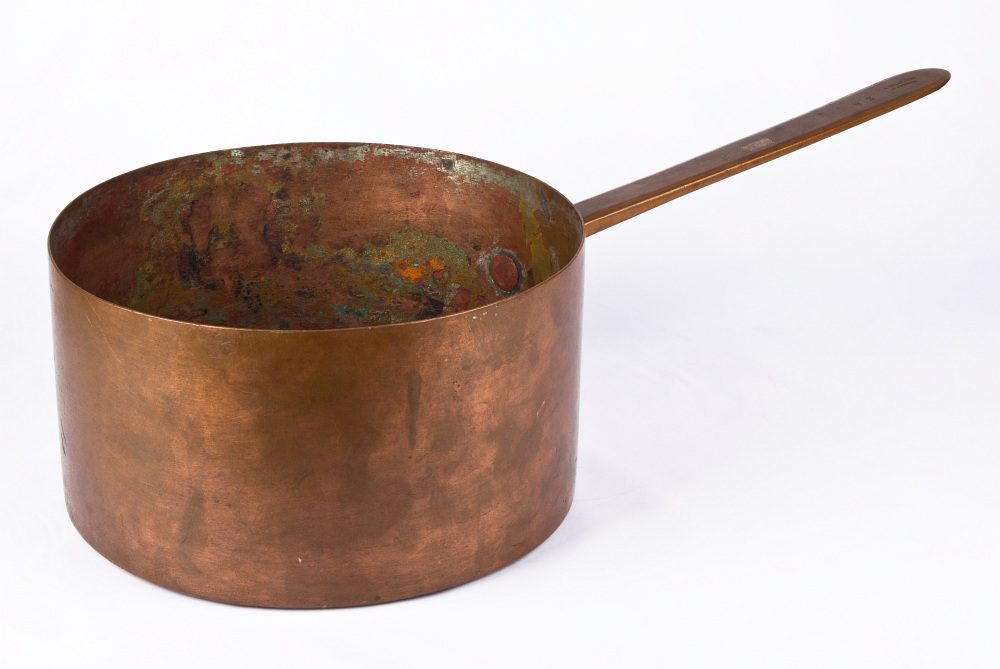
Copper vessels from the 19th century, collections of the Copper Museum in Legnica, photo by D. Berdys
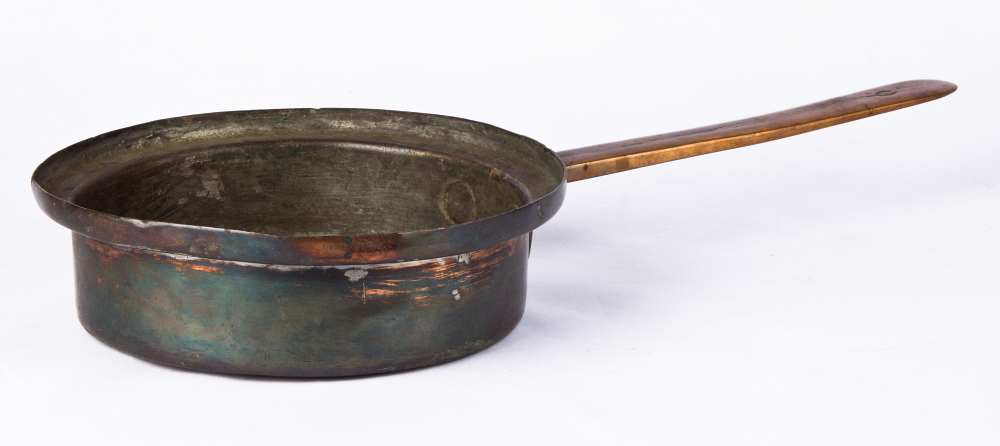
Copper vessels from the 19th century, collections of the Copper Museum in Legnica, photo by D. Berdys
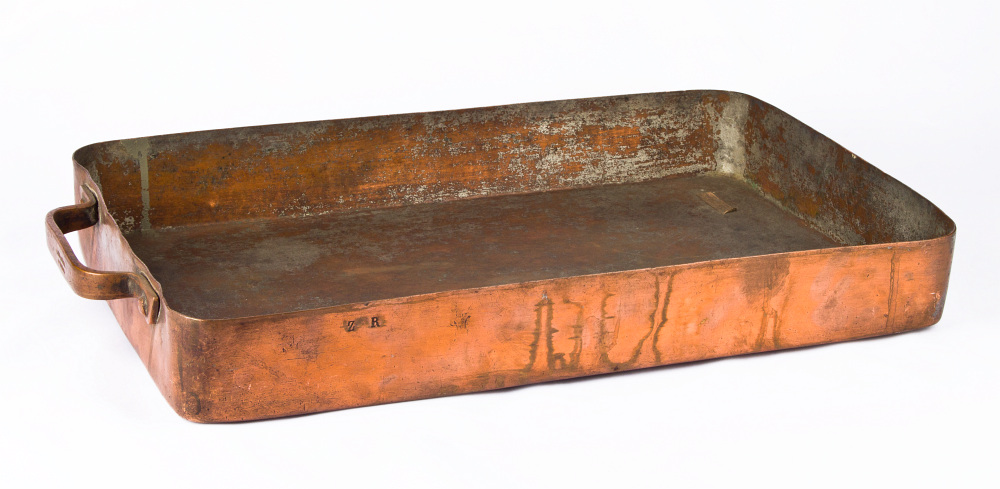
Copper vessels from the 19th century, collections of the Copper Museum in Legnica, photo by D. Berdys
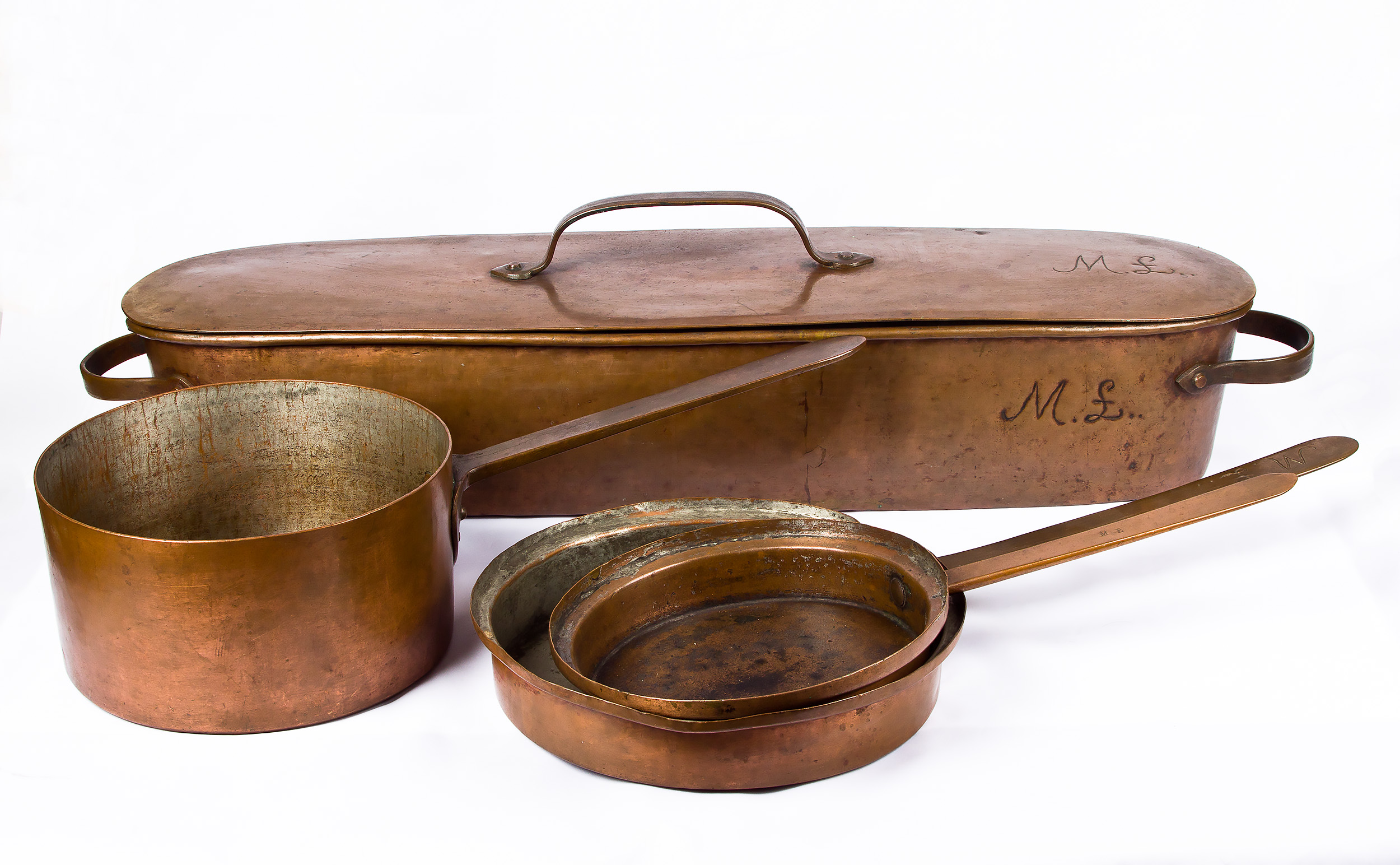
Copper vessels from the 19th century, collections of the Copper Museum in Legnica, photo by D. Berdys
Antibacterial
Microbes were not discovered until 19th century, but the health-promoting properties of copper were already known in antiquity. Egyptians, Greeks, Romans and Aztecs used copper compounds to heal diseases and maintain hygiene. Egyptians used copper to sterilize drinking water and to disinfect wounds. Hippocrates treated open wounds and skin irritations with copper. Romans wrote down numerous copper usage while treating various diseases. Aztecs treated throat inflammation with copper, Persians and Hindu applied copper on blisters, eyes infections and genital ulcers.
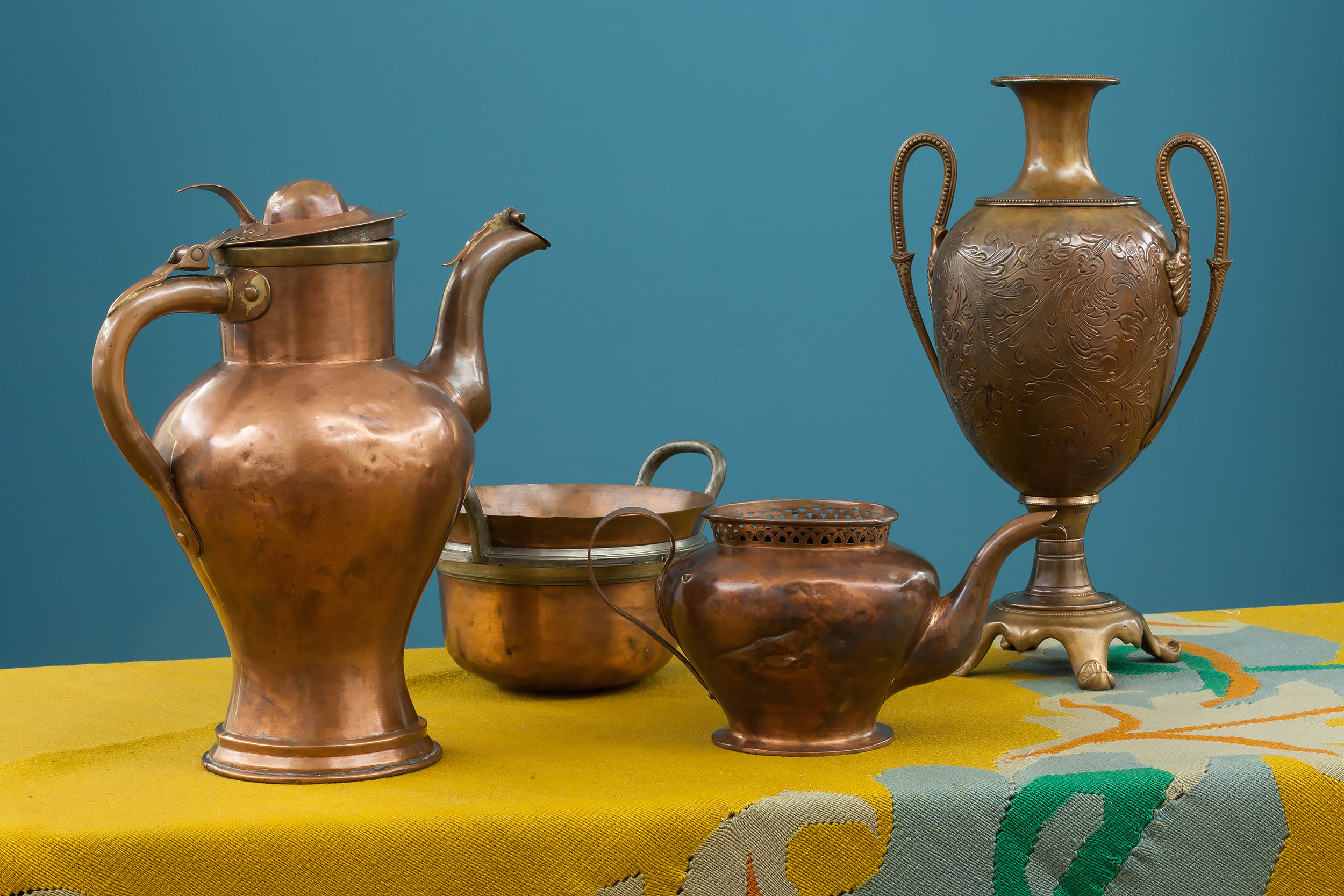
Copper vessels in the cultures of the Middle East were not only a decoration, they also provided antibacterial properties, collections of the Copper Museum in Legnica, photo by D. Berdys
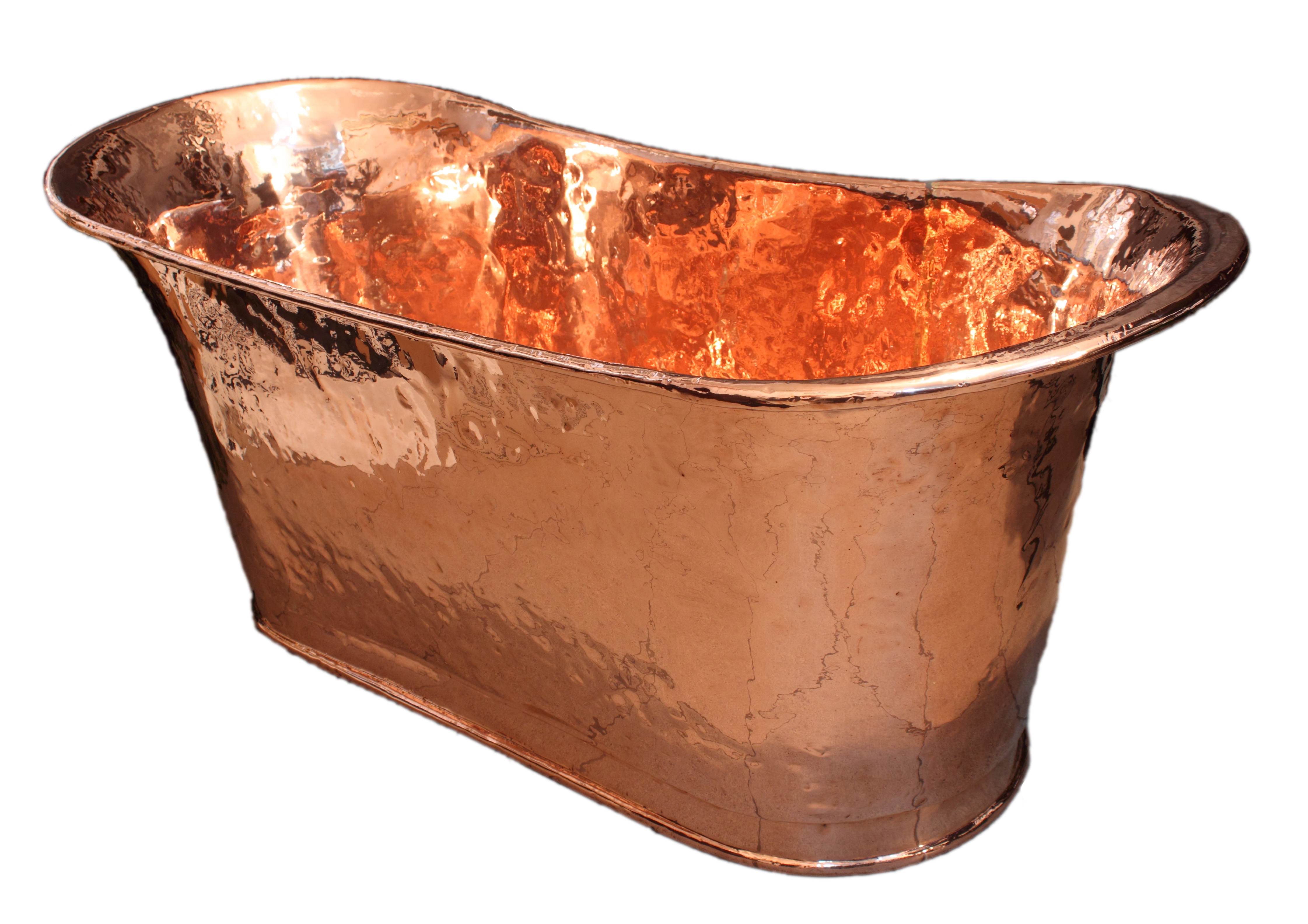
Copper bath, 19th century, collections of the Copper Museum Legnica, photo by D. Berdys
Copper - the most popular monetary metal
In antiquity, metals used in coinage were mainly silver and gold. Only small coins were beaten from copper, it was also used for so-called spoilage of money. Many things have changed since then.
In the 21st century, copper is widely used as a coinage metal. Euro is made of various copper alloys, including Nordic gold, which were created for this currency. It was copper that drove the silver and gold from the production of coins and became the most common coinage raw material.
At present, Polish current money are produced using copper alloys.
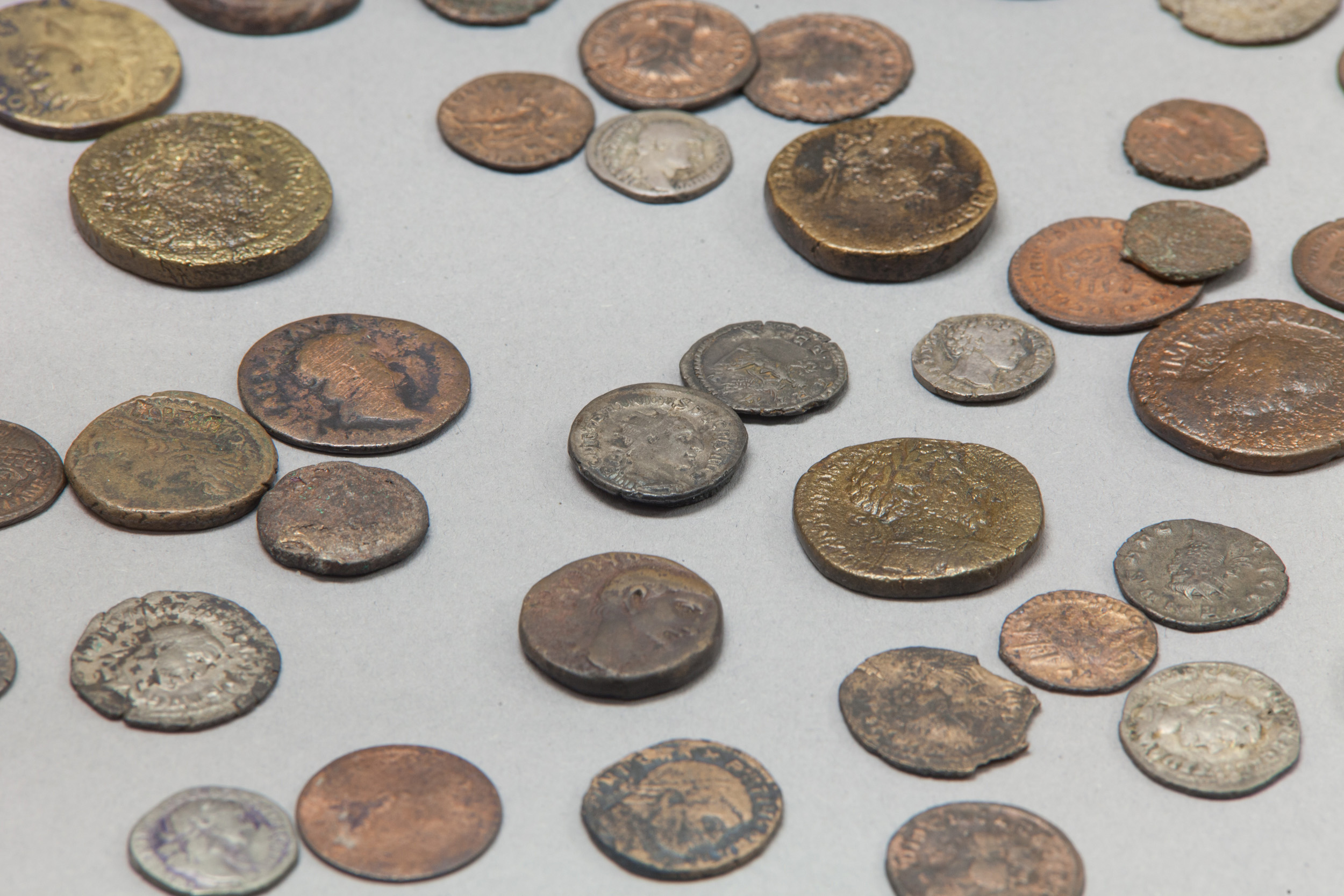
Ancient coins, collections of the Copper Museum in Legnica, photo by D. Berdys
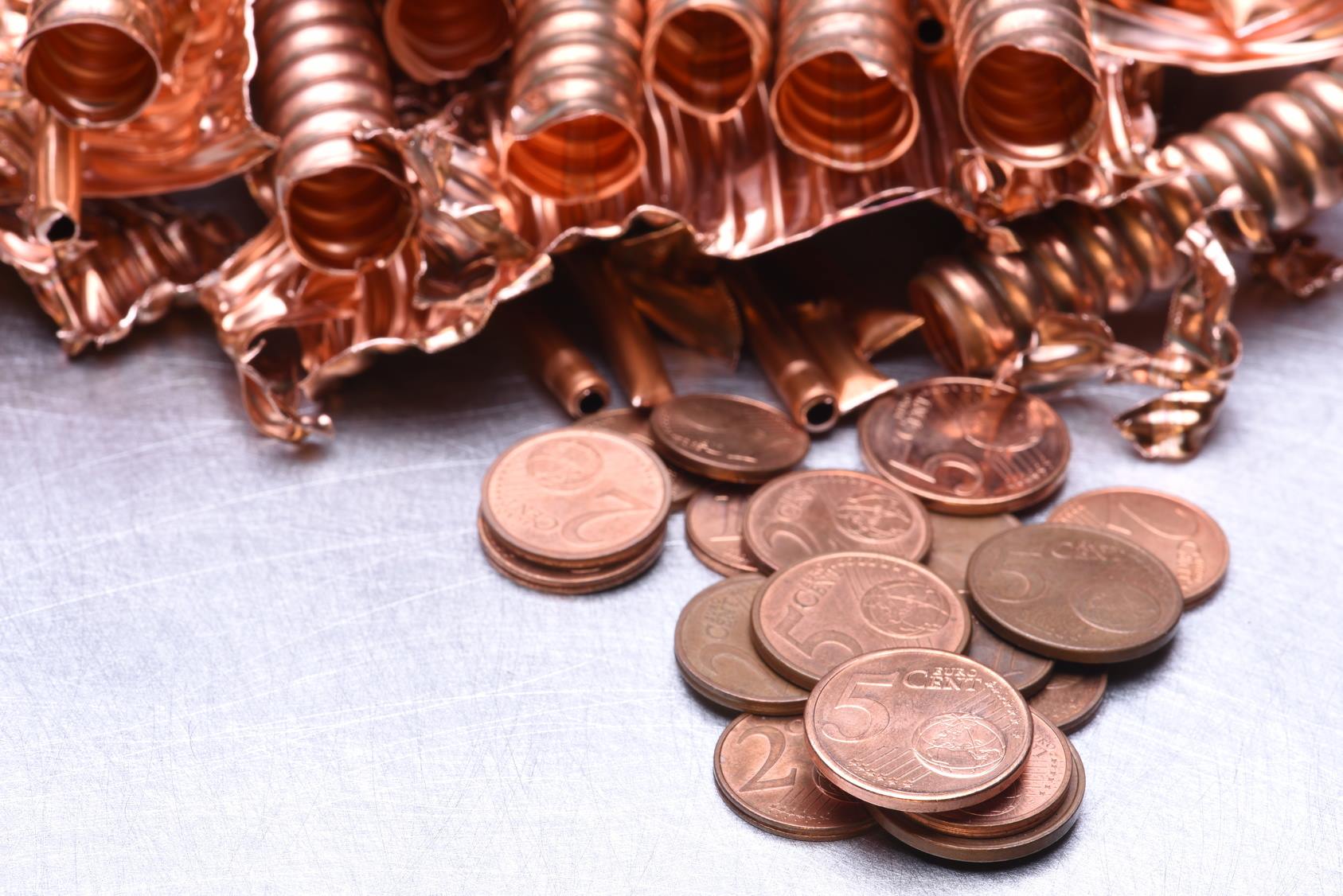
Present European coins, public domain
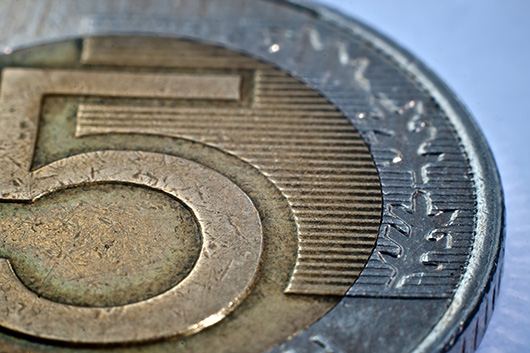
Present Polish coins, public domain
Timeless
Archaeologists have discovered that pipes made of copper were used for building aqueducts already in ancient Egypt, approx. 2750 BC. The example of such an installation can be admired in National Museum in Berlin. First known cooper water pipe comes from the proximity of Sahura pyramid in Abusir. In spite of the passage of time, the copper installation is still in a very good condition, contrary to the temple which the copper comes from. It is an irrefutable evidence that copper is a durable material. Today it is also used for heating technology and water supply system.
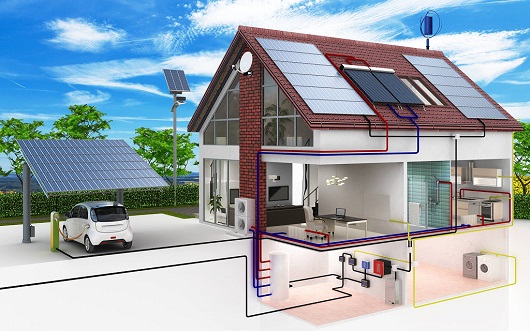
Copper pipes are very important for modern houses, according to ECI
.jpg?crc=4057086395)
Copper pipes are very important for modern houses, according to ECI
Irreplaceable
Copper has been used for thousands years in building and architecture. Cupreous roofs of temples, palaces or other public buildings used by society, gutters, gargoyles, arresters are the perfect examples of uses of this material. Such common use of copper is connected with its durability and weather and environment resistance. The lifetime of a copper roof is from one hundred to three hundred years. Within this period there is a constant change of the colour of the roof elements. It happens because - as a result of copper oxidation – a layer of alkaline copper carbonate called patina is formed. The roof colour changes from light reddish through dark brown to characteristic green.
In architecture copper can be noticed in statues and installation used to commemorate important people or events, but also to beautify the spaces created by the hand of a man. Statues often become a symbol of nation of cities (New York Statue of Liberty, A column of St. Mark in Venice, the Statue of Little Mermaid in Kopenhagen, Maneken pis in Brussels and Friendship Monument in Legnica.
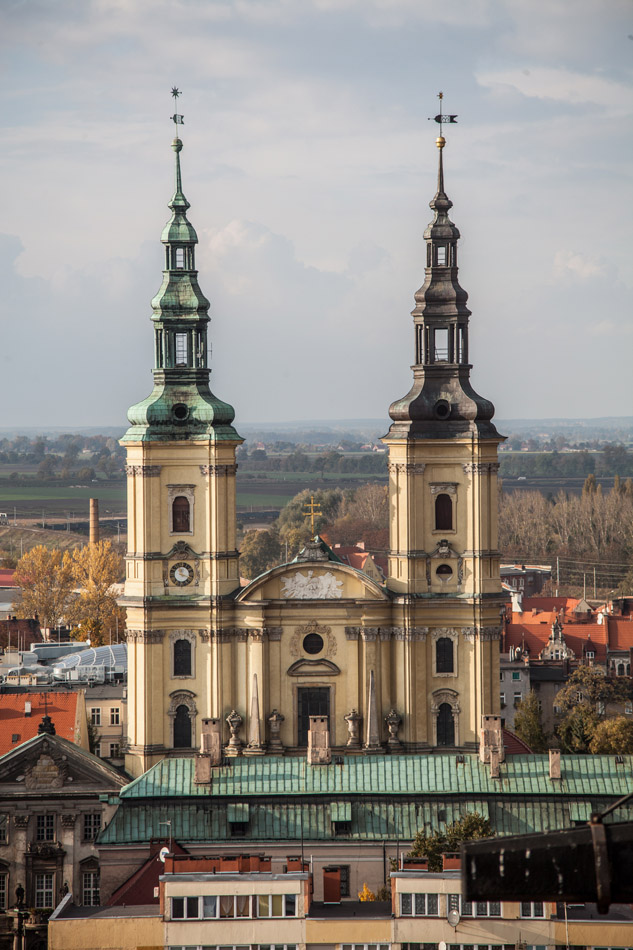
The copper roofing sheet on the St. John Church in Legnica, photo by D. Berdys
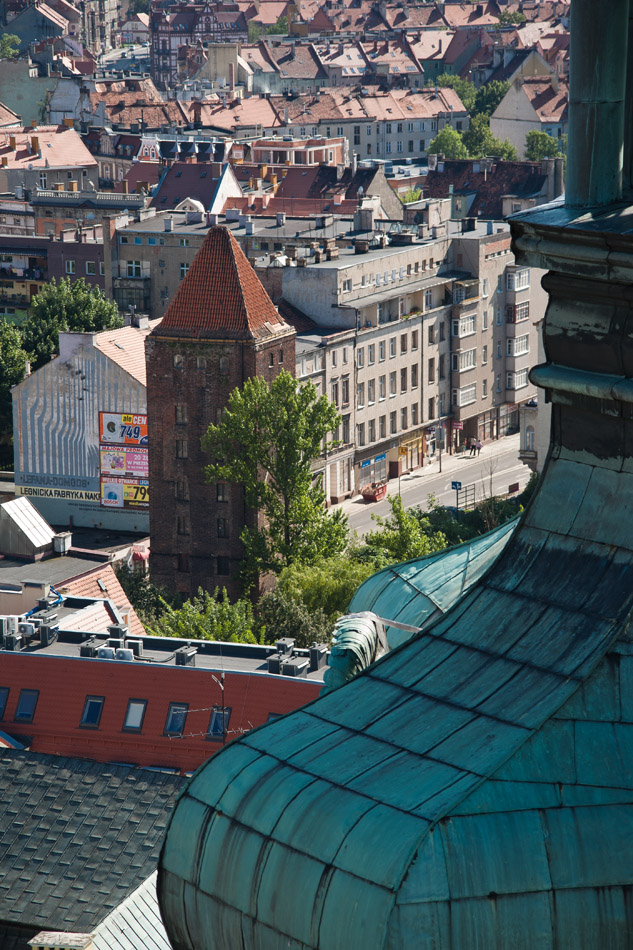
The copper roofing sheet on the St. John Church in Legnica, photo by D. Berdys

Statue of Liberty in New York, according to ECI

Little Julian, sculpture in the market square in Legnica, made by Edward Mirowski, photo by D. Berdys

Friendship Monument in Legnica, photo by H. Wolter
Health
Copper is essential in our body throughout our lives, and its shortages cause us many problems. A balanced diet helps to avoid copper deficiencies, and the recommended daily intake dose is about 1 mg.
Some products are exceptionally rich in copper, e.g.: nuts, grains, chickpeas, liver or oysters. Natural foods such as cereals, meat and fish contain enough copper to satisfy 50% of the daily requirement. There are also more surprising and delicious sources of copper, such as cocoa and chocolate.
Copper is extremely significant for heath and it has impact on our life from embryo to the old age. Along with iron and zinc it is responsible for well-being. We need it for the formation of blood vessels, a healthy heart, for the stabilization of collagen fibers and connective tissues Copper is also essential for the brain development and effective connection between neurons in brain as well as for healthy teeth and bones.
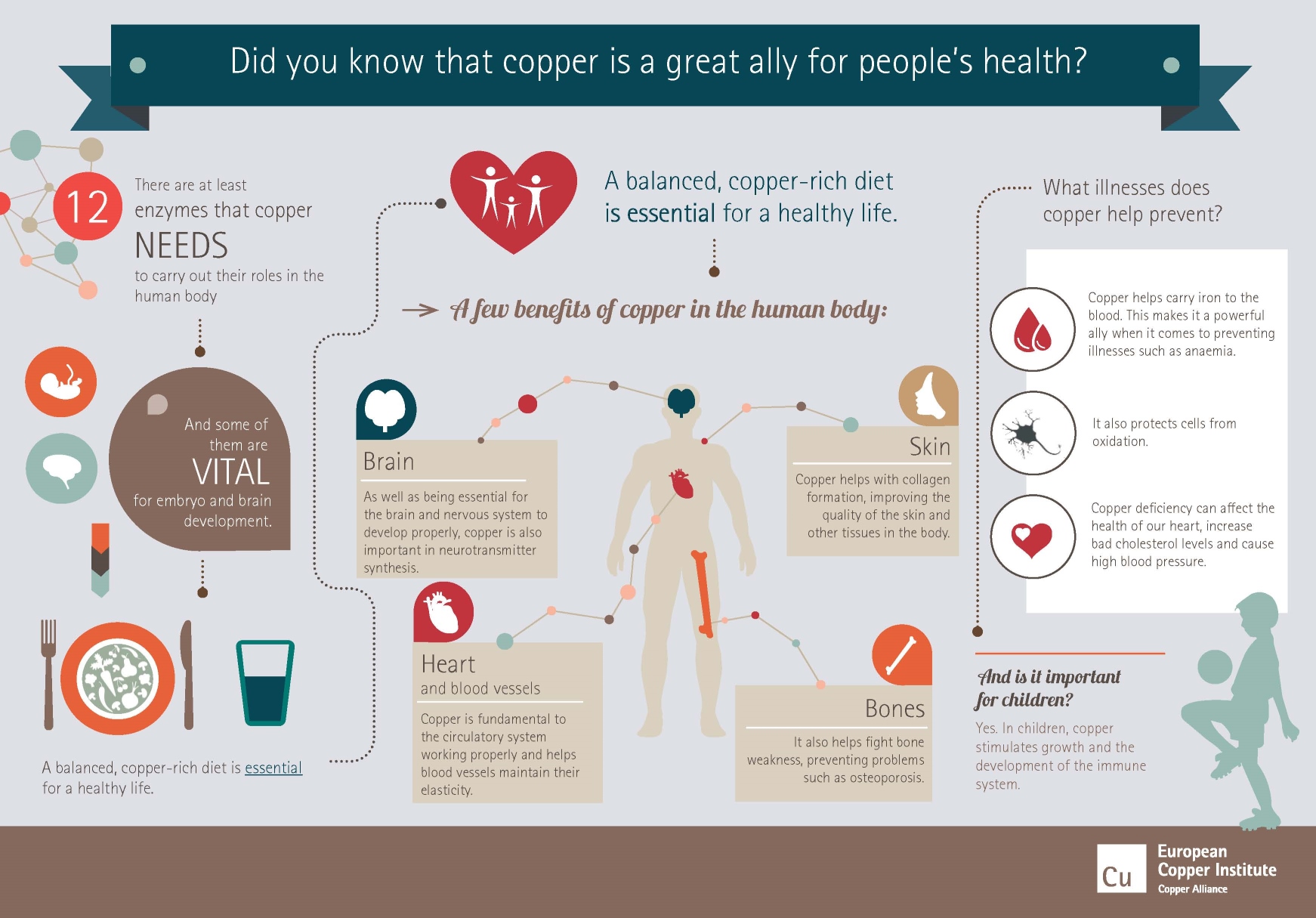
Copper is very important for people’s health and body, according to ECI
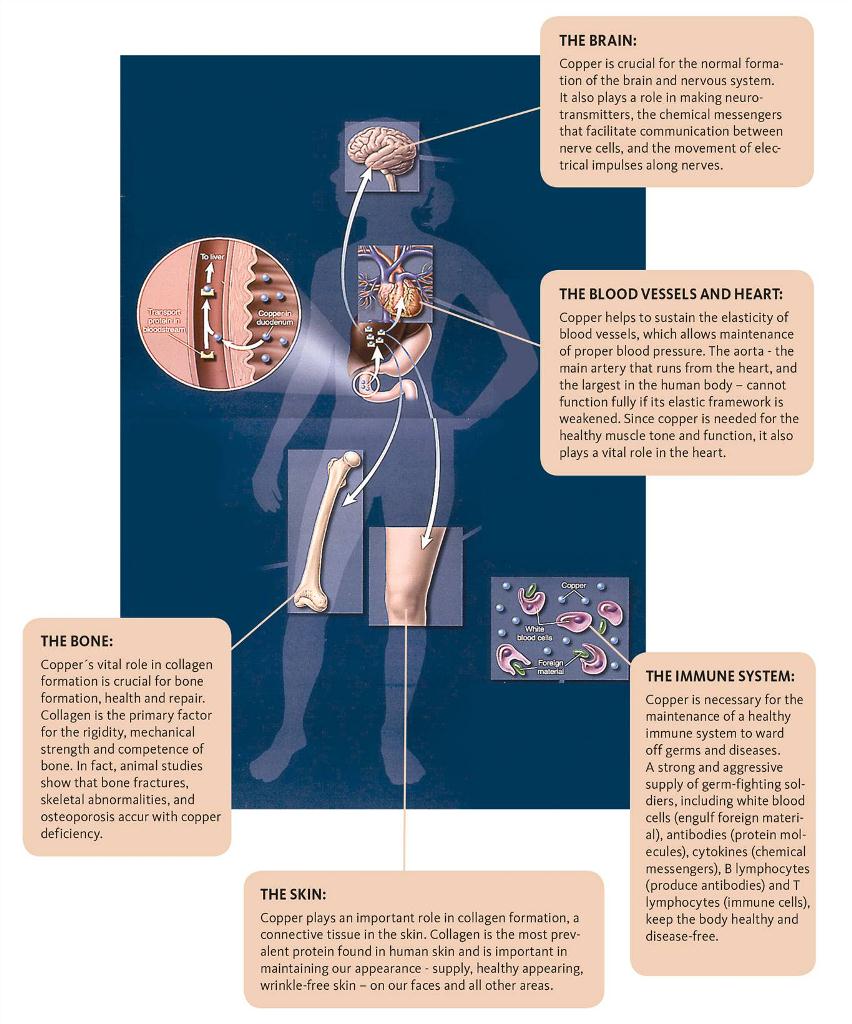
Copper is very important for people’s health and body, according to ECI
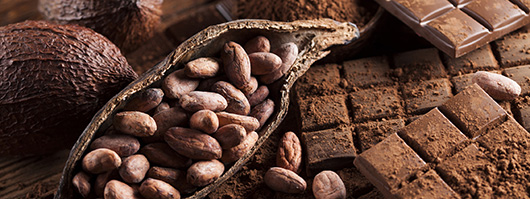
Cocoa and chocolate are sweet and good source of copper, according to ECI
Modern
The progress that took place in the 19th and 20th century meant that copper found new applications and in addition, the demand for this raw material increased significantly. It is assumed that between 1850 and 1945, the production of copper increased by forty-fold.
Copper has started revolution which lasts to present times and it is likely to be still one of the most irreplaceable resources for man. Its usage in modern technology and electronic devices such as smartphones, computers etc., proves that today’s world cannot function without copper.
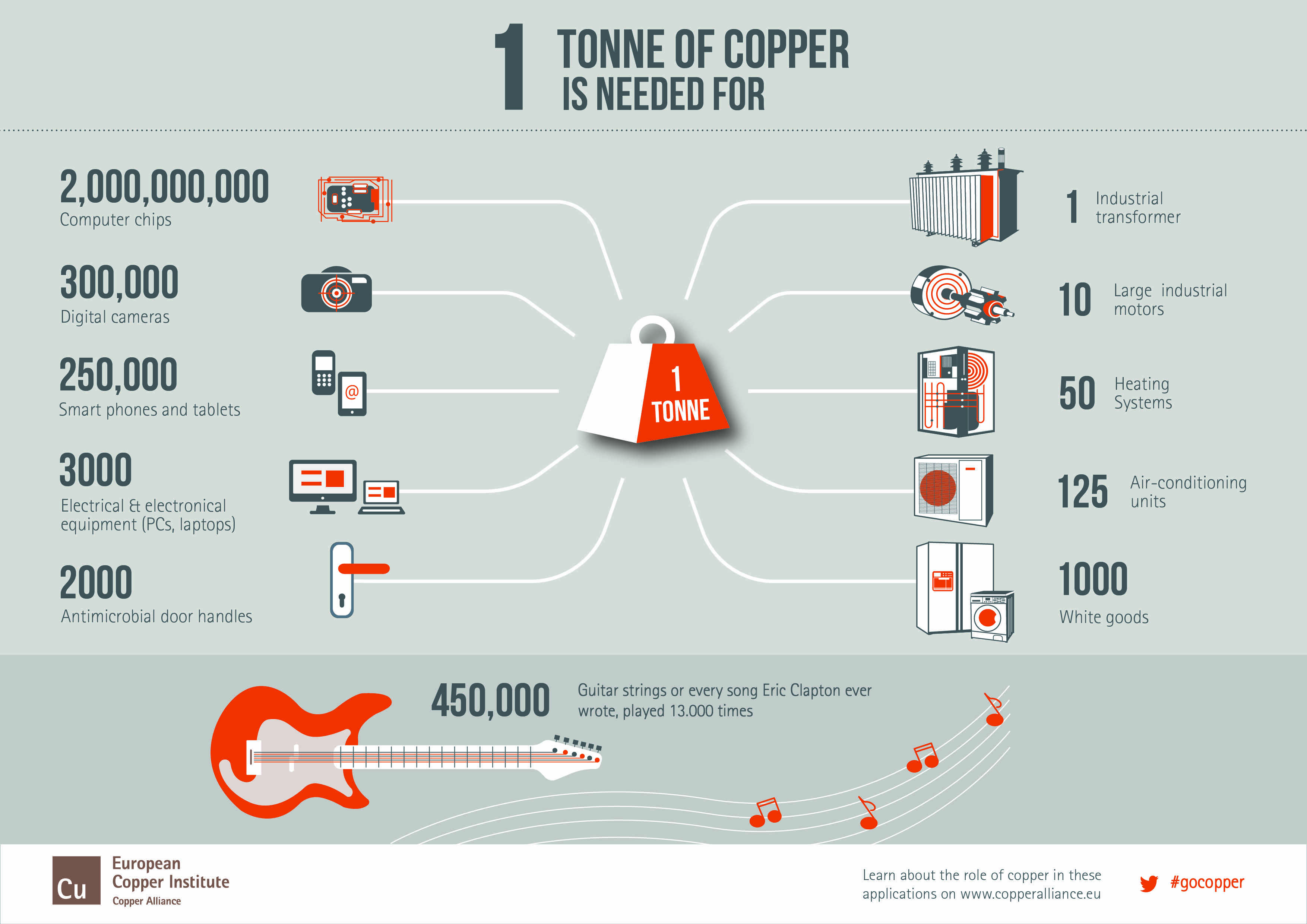
Copper means unlimited possibilities, examples, according to ECI
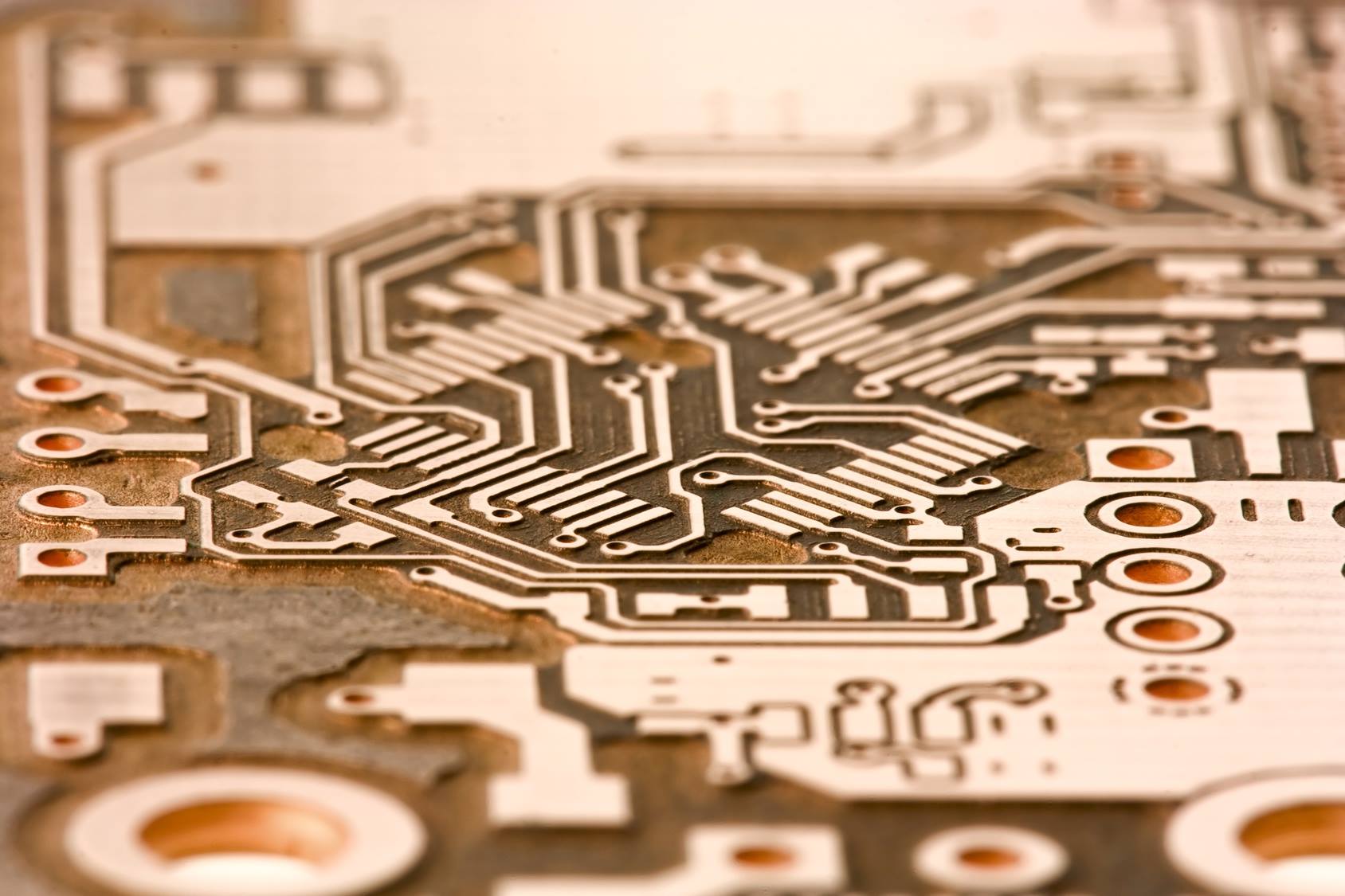
A fragment of printed circuit boards, according to ECI
